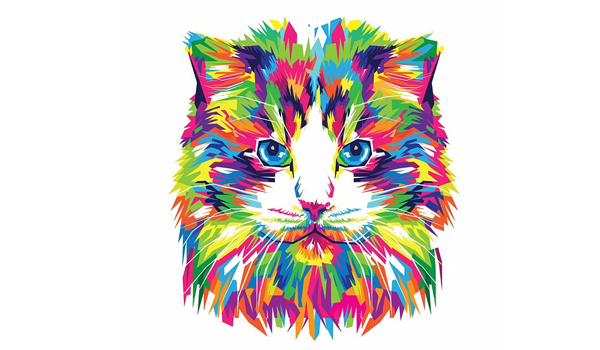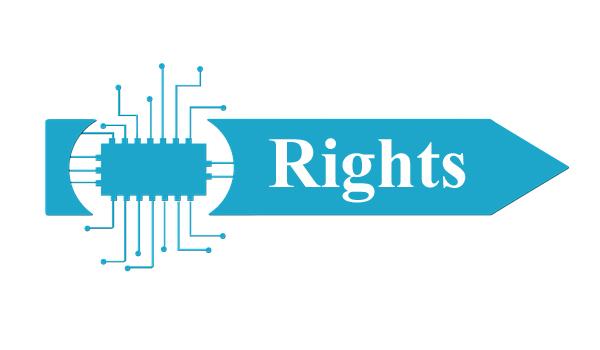Digital Graphics
Digital graphics are visual images or objects that are displayed on devices like computers or tablets.
Updated: December 6, 2023

Digital graphics are visual images or objects that are displayed on devices like computers or tablets. Both pictures and text are combined to gain the attention of viewers on a website or digital space.
Specialist computer programs like sketching software are typically used by illustrators and web designers rather than using a traditional sketchbook to digitally draw their images. Both two and three-dimensional graphics can be drawn by using this software.
Informing, advertising, or entertaining are three purposes of digital graphics which generally range from simple graphics, such as business logos, to more complex designs, like 3D animations of product mockups before a launch.
Vector and Raster are two main file types used by designers to produce their work. Color, Scale, Line, Shape, Alignment, Space and Contrast are basic elements of digital graphics.
Attracting attention of viewers, strengthening business branding and communicating an idea more effectively are benefits of digital graphics. Digital graphics can be a way for companies to establish their visual brand and differentiate themselves from competitors.
Limit the number of typefaces used, Go with a 'less is more' approach, Play with scale and Reuse design elements are best practices for digital graphics when creating graphics for designing learning materials or advertising a product or service.
Types of digital graphics
- Raster Graphics
- Vector Graphics
- Bitmap Images
- Vector Images
- JPEG (Joint Photographic Experts Group)
- PNG (Portable Network Graphics)
- GIF (Graphics Interchange Format)
- TIFF (Tagged Image File Format)
- SVG (Scalable Vector Graphics)
- AI (Adobe Illustrator)
- EPS (Encapsulated PostScript)
- PDF (Portable Document Format)



